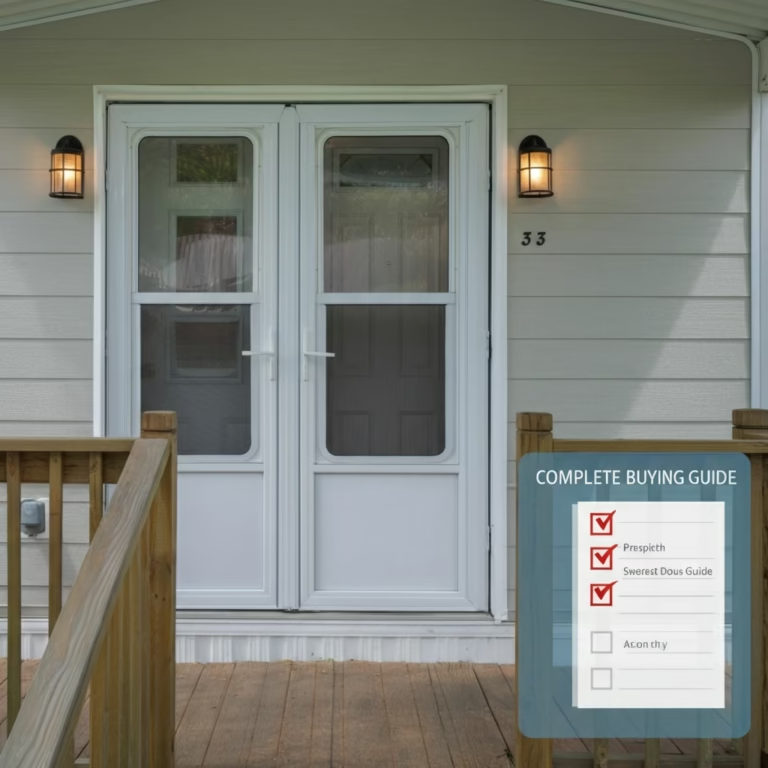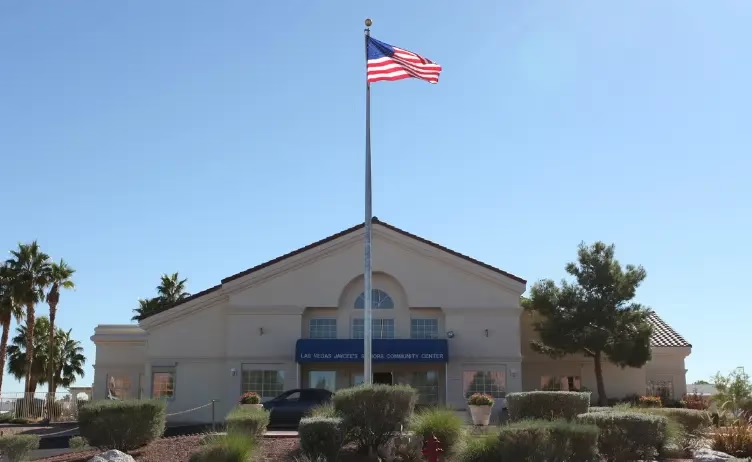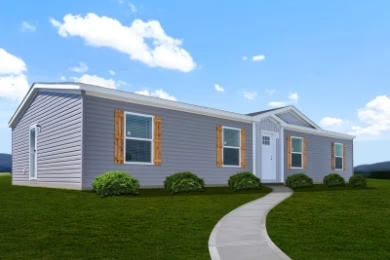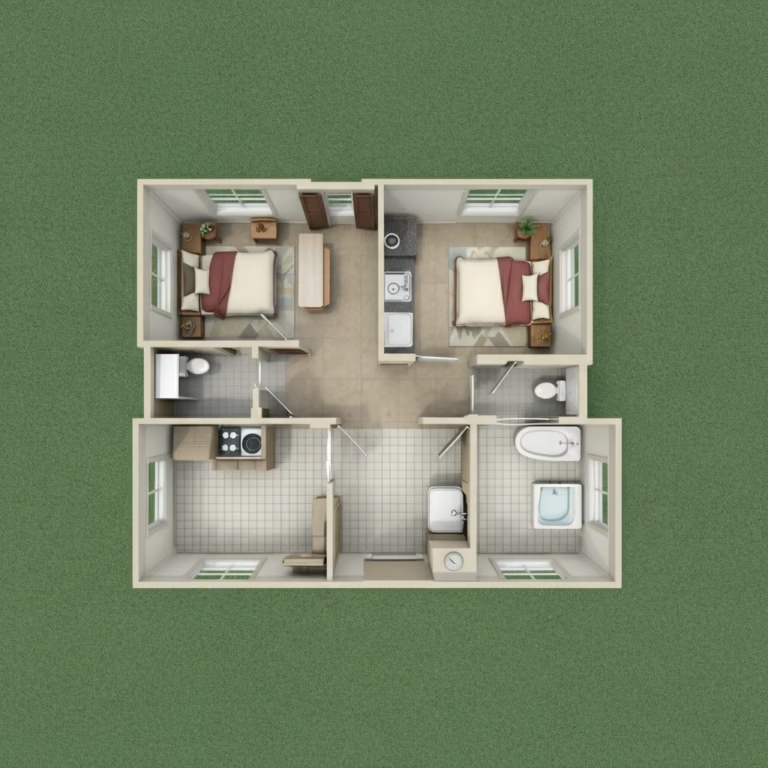1960’s Mobile Home Manufacturers: A Nostalgic Look
Introduction
The 1960s were a transformative decade for many industries, and mobile homes were no exception. This era saw a significant rise in the popularity of mobile homes, as they became a practical and affordable housing option for millions. With post-war optimism and the baby boom in full swing, families sought cost-effective ways to own property, and mobile homes offered the perfect solution. Beyond their affordability, they reflected the era’s design sensibilities and growing mobility culture.
Manufacturers of the 1960s played a pivotal role in shaping this industry, innovating in design, materials, and marketing. These companies didn’t just build homes; they catered to the aspirations of a generation wanting both functionality and style. Today, the legacy of 1960’s mobile home manufacturers continues to fascinate enthusiasts and collectors drawn to their distinct charm and history. This article explores the key players in this golden era of mobile home manufacturing, their contributions, and where these vintage homes stand today.
Key 1960’s Mobile Home Manufacturers
The 1960s marked a golden age for mobile home manufacturing in the USA. Several manufacturers emerged during this period, each leaving a unique mark on the industry. While much of the focus was on the United States, interest in these homes also spread globally. Regions like Bahawalpur and Lodhran, where portable living solutions were appealing due to affordability and practicality, also sought inspiration from these designs.
Prominent Manufacturers in the USA
-
Champion Home Builders
- Founded in 1953, Champion was a leader in the industry by the 1960s. Known for their high-quality construction and innovative designs, their homes were widely regarded as durable and stylish. Champion served as a pioneer of modular housing, continuing this innovation trend into the modern day.
-
Skyline Homes
- Founded in 1951, Skyline became synonymous with quality craftsmanship and customizable floor plans. By the 1960s, Skyline offers included larger, well-furnished models to accommodate growing families.
-
Fleetwood Enterprises
- Established in 1950, Fleetwood specialized in creating mobile homes that blended affordable pricing with modern aesthetics. The company was best known for its sleek exteriors and spacious interiors.
-
Nashua Homes
- Nashua gained recognition during the 60s for introducing luxurious features at affordable prices, like carpeted floors and better insulation. Their commitment to innovation made them stand out.
Expanding Influence Globally
While the USA led in manufacturing, countries such as Pakistan showed a growing interest in mobile home solutions. Though no direct manufacturing facilities existed in Bahawalpur and Lodhran during the 1960s, these regions were influenced by imported mobile home designs popularized by American manufacturers. Mobile home styles and layouts began to emerge in these areas, particularly for temporary housing and seasonal dwellings, shaped by the global fascination with the concept.
Features of 1960s Mobile Homes
The mobile homes of the 1960s had distinct features that reflected the design trends and technological advancements of the time. These homes were compact yet functional, providing everything a family needed within a limited space.
-
Exteriors
The exteriors of 1960s mobile homes were generally simplistic, featuring flat or mildly sloped roofs and aluminum siding. Bold colors and patterns were common, reflecting the playful aesthetic of the period. -
Interiors
1960s mobile home interiors were striking for their efficiency and charm. Kitchens often included built-in dining areas, space-saving appliances, and retro-style countertops, while living rooms featured vinyl furniture and faux-wood paneling. Bedrooms prioritized functionality, offering built-in wardrobes and multipurpose furniture. Bright pastel hues dominated the interior color palettes, alongside geometric patterns in flooring and upholstery. -
Construction Materials
Many mobile homes of this era used lightweight yet durable materials like aluminum for exteriors and wood veneers for interiors. Insulation was minimal compared to today’s standards, but advancements in heating systems ensured comfort. -
Layouts
The standard layout typically included one or two bedrooms, a bathroom, a compact kitchen, and a living area. Some manufacturers experimented with adding innovative features like fold-away beds, built-in storage, and convertible dining spaces.
Comparison with Other Eras
Mobile home designs and features evolved significantly from the 1950s through to the 1970s. Each decade brought its own priorities and design sensibilities to the industry.
1950s Mobile Homes
Mobile homes from the 1950s were heavily utilitarian, prioritizing functionality over elegance. They were often called “trailers” and were comparatively smaller, with minimal interior features. They laid the groundwork for the industry but lacked the aesthetic appeal the 1960s models would bring.
Mobile Homes from the 1970s
By the 1970s, mobile homes had undergone a significant transformation. Manufacturers like those listed on the 1970 mobile home manufacturers list introduced larger models, with upgrades like insulation, energy-efficient systems, and more modern design elements. The interiors were less playful and more practical, reflecting changing tastes.
Summary of Evolution
While the 1950s laid the functional foundation, the 1960s brought bold interiors, clever space utilization, and affordability. The 1970s, in turn, focused on upgrading the comfort and energy efficiency of mobile homes.
Table of Notable Manufacturers
The following table highlights key manufacturers of the 1960s, their locations, and their notable contributions to the mobile home industry:
| Manufacturer Name | Location | Notable Features |
|---|---|---|
| Champion Home Builders | Michigan, USA | Durable construction, family-friendly models |
| Skyline Homes | Indiana, USA | Customizable layouts, attention to quality |
| Fleetwood Enterprises | California, USA | Sleek exteriors, minimalistic interiors |
| Nashua Homes | New Hampshire | Affordable luxury features |
| Pacemaker Corporations | Ohio, USA | Lightweight materials and compact designs |
| Blenheim Homes | New York, USA | Known for their portable vacation homes |
| Great Lakes Homes | Michigan, USA | Strong builds suitable for harsh weather |
| KIT Manufacturing | Idaho, USA | Pioneer in stylish, urban mobile homes |
| Starline Homes | Washington, USA | Focused on rural designs and affordability |
| Detroiter Mobile Homes | Michigan, USA | Vivid color palettes, family-focused models |
These companies helped advance mobile home designs, making them more accessible and desirable for a wide audience in and beyond the United States.
1960s Mobile Homes for Sale
Today, original 1960s mobile homes for sale appeal to collectors and enthusiasts looking for nostalgic ventures. While many have been renovated to modern standards, finding an original model can be a treasure hunt. Here’s how you can locate and restore vintage mobile homes:
Tips for Finding 1960s Mobile Homes
-
Online Marketplaces
Websites like vintage classifieds, auction platforms, and enthusiast forums often list available 1960s mobile homes. -
Mobile Home Communities
Some older communities may have preserved homes from the 1960s, either for sale or open to visitation. -
Restoration Specialists
Companies specializing in vintage mobile home repair sometimes offer homes directly, especially those no longer fit for mass use.
Restoration Tips
- Retain elements of the 1960s mobile home interior, such as retro-pattern floors or pastel themes.
- Upgrade insulation and HVAC systems for 21st-century living standards.
- Replace worn-out exteriors with materials that preserve the home’s historical appeal.
Owning a vintage mobile home offers both nostalgia and functionality, making these houses a unique choice in today’s housing market.
Conclusion
The 1960’s mobile home manufacturers contributed immensely to the evolution of mobile housing. From the practical innovations of companies like Champion Home Builders to the global interest in designs from the USA, these homes represented a blend of affordability, style, and functionality. Enthusiasts of today keep the legacy alive by restoring and preserving these vintage gems, showcasing the enduring appeal of a golden era in housing.
Whether you’re exploring the possibilities near Bahawalpur or Lodhran, or seeking a piece of American history, the legacy of 1960’s mobile home manufacturers remains a testament to ingenuity and innovation. With proper care and a creative touch, these homes continue to offer charm and utility for future generations.






